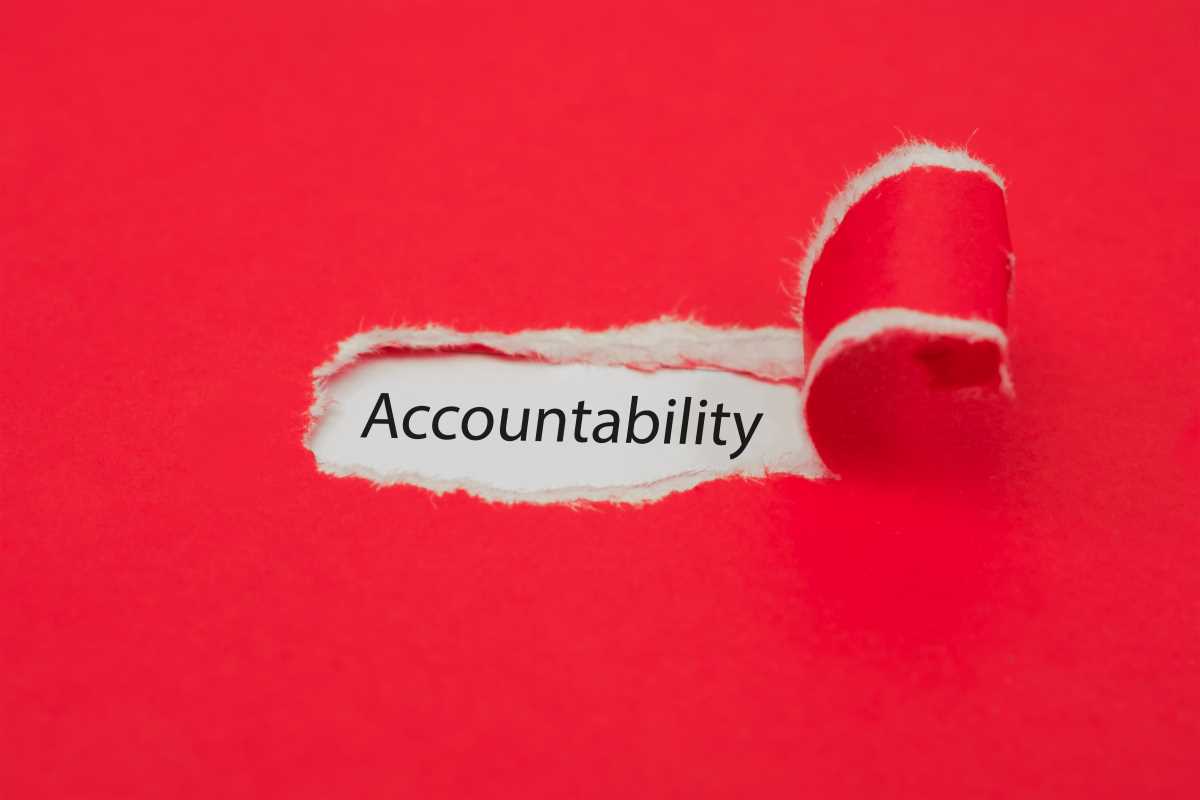Over the past few years, activism has become a huge part of social media culture. Whether it’s posting about climate change, supporting marginalized groups, or calling for political reform, platforms like Instagram, TikTok, and Twitter are now flooded with messages of solidarity and change. At first glance, this seems like a good thing. After all, awareness is the first step toward action, right?
But here’s where things get tricky. Sometimes, activism on social media isn’t as genuine as it seems. Instead of standing up for a cause out of true commitment, some people engage in what’s called “performative allyship” or “aesthetic activism.” This is when someone appears to support a cause, but only superficially to boost their own image. Whether it’s a black square on Instagram or a trending hashtag, performative allyship often raises the question: are we really helping, or are we just pretending to care?
Let's break down why performative allyship is such a problem and how we can work toward being more authentic in both online and offline activism.
What Is Performative Allyship?
Performative allyship happens when someone claims to support a cause but doesn’t take meaningful action to back it up. It’s all about appearances rather than real commitment. The goal isn’t to bring about change but to gain approval, likes, or even followers.
Here’s what it might look like:
- Posting a hashtag or trendy image without understanding the issue fully.
- Announcing support loudly but failing to take any steps to help in real life.
- Centering the conversation around themselves instead of the people or communities they claim to support.
While it might seem harmless at first, performative allyship can actually do more harm than good. It shifts focus away from the real issues and turns activism into a “look-at-me” moment.
Why Performative Allyship Is a Problem
Superficial support for a cause might not sound like such a big deal, but it comes with real consequences. Here’s why it’s problematic:
1. It’s Centered on Ego, Not the Cause
When someone participates in performative allyship, they’re often more concerned with how they look than the issue itself. For example, posting a photo at a protest just to gain attention takes focus away from what the protest is actually about. Activism becomes more about personal branding than making a difference, which can dilute the message of the movement.
2. It Misdirects Resources and Attention
Social media campaigns often rely on momentum. If that momentum gets hijacked by shallow gestures, the real efforts can get lost. When people focus on performative acts instead of direct action, it wastes time and energy that could have been better spent on creating actual change.
3. It Creates a False Sense of Achievement
Posting about a problem can feel like you’ve done something meaningful—but awareness is only the beginning of activism. Performative allyship stops short of real engagement, giving people the feeling that they’ve contributed when, in reality, nothing has changed.
4. It Undermines Vulnerable Voices
One of the worst effects of performative allyship is that it often silences the very people it’s supposed to help. For instance, when allies dominate conversations about marginalized groups, they risk speaking over those with lived experiences. This can lead to a narrative that’s less about the cause and more about the ally.
Why Performative Allyship Is on the Rise
It’s easy to blame individuals for performative allyship, but social media itself plays a big role in encouraging it. Platforms reward users for engagement, often prioritizing eye-catching or feel-good content over thoughtful discussions or tough conversations. This creates a system where looking like you care can seem just as valuable as actually caring.
Here are some reasons why performative allyship has become so common:
- The Pressure to Perform
- Social media is driven by appearances. Users, especially influencers or public figures, often feel pressured to post about trending topics to avoid backlash or being labeled as disengaged.
- The Viral Nature of Trends
- Activism campaigns on social media often go viral, sparking a wave of participation that’s sometimes more about following a trend than critically engaging with the issue.
- Fear of Being “Canceled”
- People sometimes engage in performative allyship out of fear. They don’t want to be criticized or “canceled” for staying silent, so they make performative gestures to appear informed and supportive.
Real vs. Performative Allyship
Authentic allyship is deeper than a post or a hashtag. It’s about consistently supporting a cause through actions, learning, and listening, even when it’s uncomfortable or inconvenient.
Examples of Real Allyship:
Listening First
Instead of jumping into a conversation, spend time listening to the people directly affected. Understand their experiences and challenges before you speak up.
Educating Yourself
Research the issues you care about instead of relying on quick summaries. Knowing the history, context, and stakes of a cause makes your contribution more meaningful.
Using Your Privilege Thoughtfully
If you have a platform, use it to amplify marginalized voices rather than speaking over them. Share their posts, link to their fundraisers, or direct your followers to their pages.
Giving Resources
Whether it’s time, money, or skills, find ways to contribute directly to organizations or individual efforts helping the cause.
On the other hand, if your allyship starts and ends with performative actions like these, it’s worth rethinking your approach:
- Posting just to check a box or fit in with peers.
- Sharing content without fact-checking it.
- Using activism mainly as a way to boost your personal brand.
How We Can Move Away From Performative Allyship
The good news is that we can all learn and grow, regardless of past mistakes. Moving from performative to authentic allyship involves reflection, effort, and humility.
Here are some actionable steps to help make your activism more meaningful:
- Self-Reflect: Before posting about a cause, ask yourself why you’re doing it. Are you genuinely invested in the issue, or are you worried about how others will perceive you?
- Focus on Impact, Not Image: Think about what actually helps the cause. This could mean donating to an organization, attending a community meeting, or volunteering—not just broadcasting your opinion online.
- Stay Engaged Beyond the Trend: Once the hashtags stop trending, the problems don’t disappear. Commit to ongoing support, whether that’s continuing to educate yourself, engaging with new campaigns, or keeping up with key advocates.
- Be Open to Criticism: Nobody gets it right all the time. If you’re called out for being performative, instead of getting defensive, take the feedback to heart and use it as an opportunity to grow.
 (Image via
(Image via





.jpg)